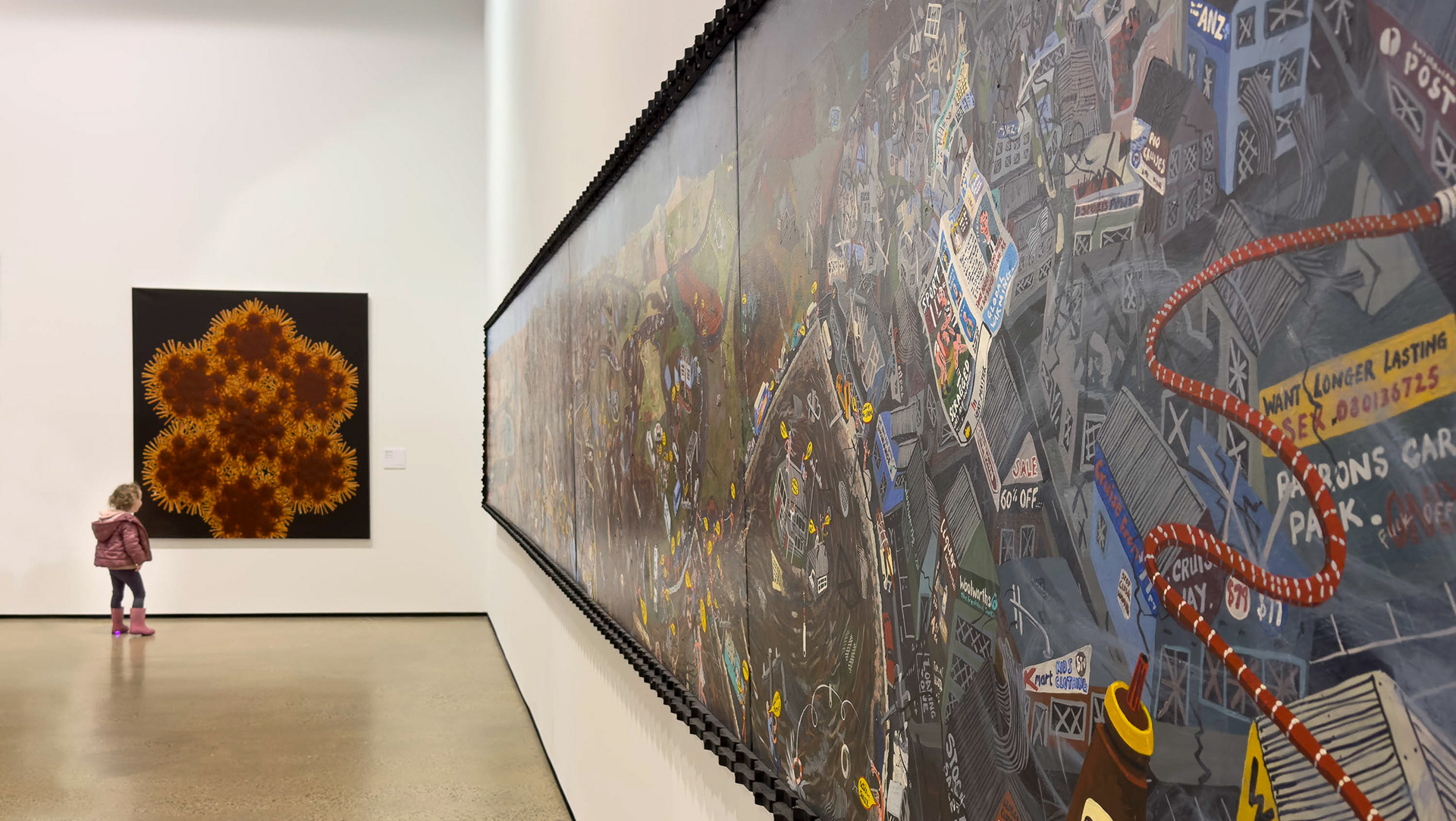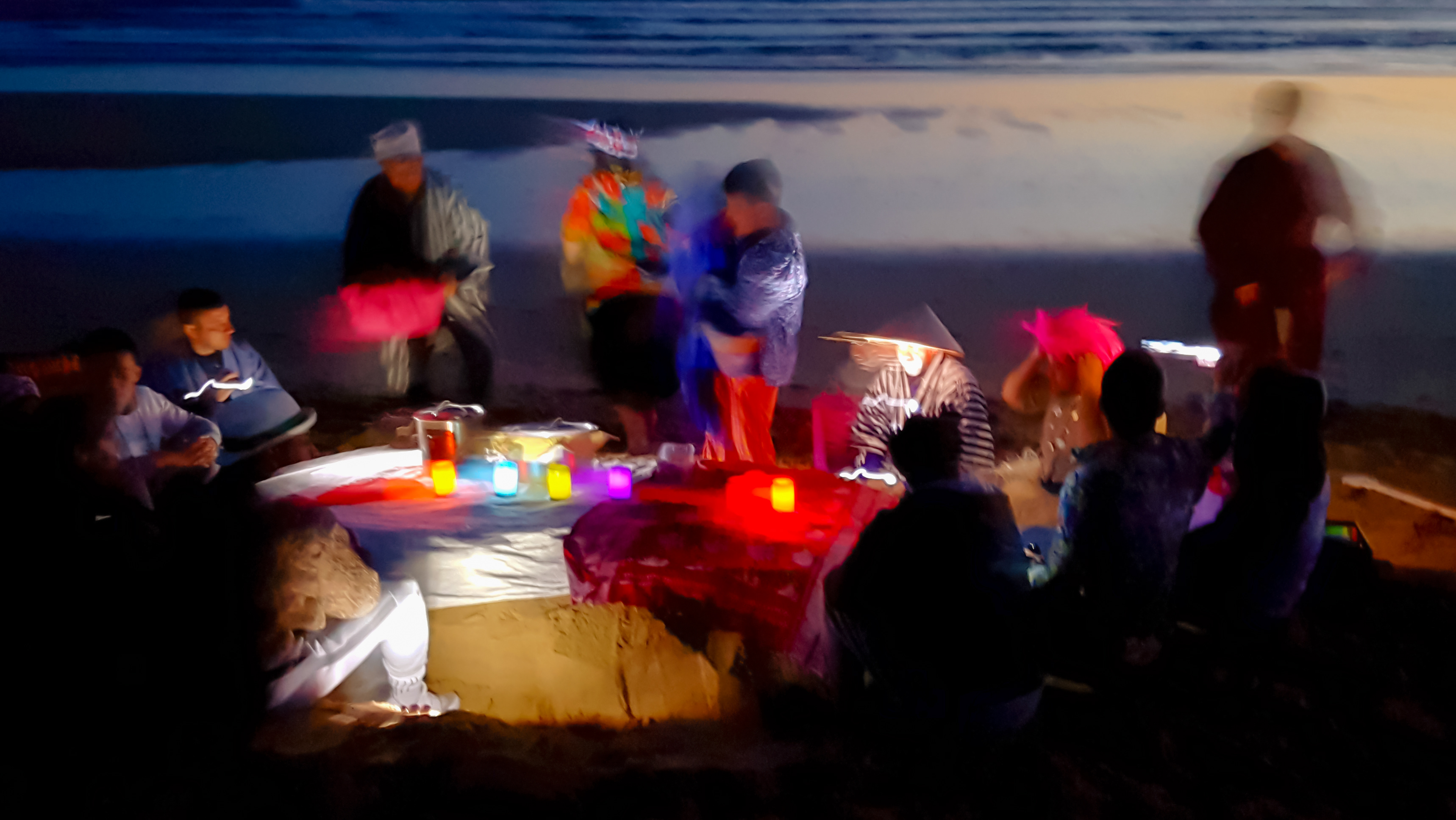Part of my life involves documenting stories from Rwanda. What happens in a country after something like genocide? What happens to the survivors, the perpetrators, the ordinary people when the aid convoys leave and media attention shifts elsewhere? How do you pick up the pieces after genocide? How do you ‘do justice’ in a situation like that? Since about 2007 I’ve been exploring those questions in film, photos and words.
The first attempts to look for answers resulted in the RwandanStories.org website and films. It focused on the genocide and early recovery: how could something like that happen? How can you possibly recover? I learnt a few things. In 2011, RwandanStories was awarded a United Nations Media Peace prize, and has developed a growing and active global audience.
In the 21st century, Rwanda has gone against most expectations of what a post-conflict society is supposed to look like. The country has stabilised and starting from ground zero, they are recovering and re-building. In no small part, this is down to the resilience and strength of character found in many ordinary Rwandans.
The first attempts to look for answers resulted in the RwandanStories.org website and films. It focused on the genocide and early recovery: how could something like that happen? How can you possibly recover? I learnt a few things. In 2011, RwandanStories was awarded a United Nations Media Peace prize, and has developed a growing and active global audience.
In the 21st century, Rwanda has gone against most expectations of what a post-conflict society is supposed to look like. The country has stabilised and starting from ground zero, they are recovering and re-building. In no small part, this is down to the resilience and strength of character found in many ordinary Rwandans.
Rwandan fashion: by Joselyne Umutoniwase
To quote one of my Rwandan friends, Annet: “My work in Rwanda has changed me in many ways. It has exposed me to different people and cultures. It’s taught me to accept people. Everyone has been damaged in some way, every person has a story to tell. And from those stories you realise that we may have different cultures, but we are the same people - the same humanity.”
Doing myself out of a job at Ntenyo school, southern Rwanda.









